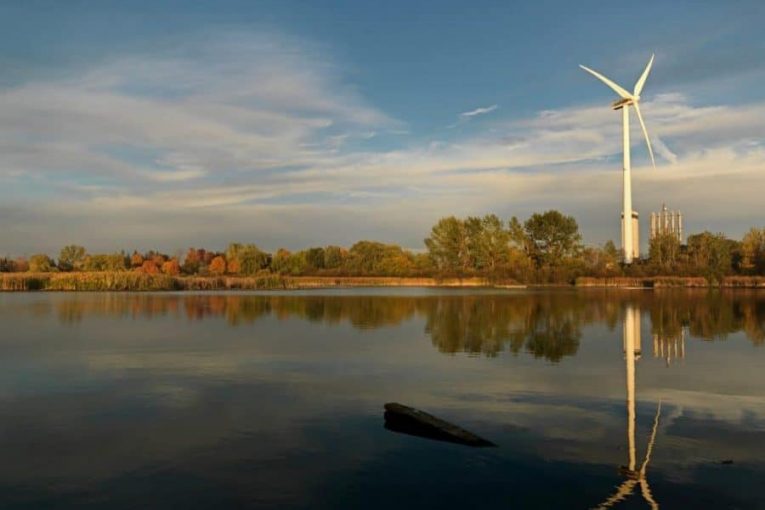
It seems that anywhere I go for energy news these days the feeds bring up some indication of the electricity grid transition. As more information becomes available, we are starting to wrap our heads around concepts like smart grids and the internet of things, and how this will transform our electricity system. This is good news for the wind industry.
With advances in computational capabilities, doors are opening wide for renewables to increase their role on the electricity grid. Along with consumer demand, seasonal requirements and other forms of electricity production, wind energy is variable. As the experts continue to get better at pairing these transient profiles together we will see all the complementary services that wind farms offer exploited for their full value. With attributes such as fast ramp up and down rates, advanced power electronics and overall flexibility, wind energy introduces a new set of “knobs to turn” for system operators.
Amidst all this change, existing wind farms continue to crank out the megawatt-hours in a reliable and cost-effective way to serve customers across North America. As more wind energy is added to the current fleet both in Canada and the U.S. our dependence on wind turbines for system reliability also increases.
The North American Electric Reliability Corporation (NERC) has oversight of the standards that regulate the three major interconnections in North America (Eastern, Western and Texas). It is then the regional system operators within each interconnection that roll-out the customization and enforcement of these standards to meet the needs of consumers. The current set of standards along with future revisions are developed within a well-established consultation process that has ensured the reliable operation of the grid for a long time. As a result, the expectations of electricity generators are established and comprehensive.
Operating in all ten Provinces and two Territories, wind farmers across the country work to remain compliant with the set of standards put forward by NERC. While the commercial wind industry has been functioning in North America for over 20 years, we’ve seen a rapid influx of wind turbines in the past decade in response to a need for cleaner sources of power. This has subsequently produced a need for increased communication between industry participants and grid regulation authorities to focus on the unique characteristics of wind power. For example, wind power plants can be spread out over a large geographical area whereas a fossil fueled, nuclear or hydro plant is highly centralized. When considering physical security of the plant the distributed nature of the generators on a wind farm make them more difficult to target in a single event. Similarly, if a conventional generator fails the impact to the grid can be very significant. If a wind turbine generator fails, the remainder of the power plant can continue to operate. These are relatively new concepts for grid operators to consider.
Across North America, electricity system operators and regulators are increasingly engaged in discussions to reform electricity market designs and operations to support and enable the emerging electricity grids of the future. At the Canadian Wind Energy Association (CanWEA) we are working hard to keep bringing wind farm operators together to discuss the issues under consideration and identify any potential gaps that might exist in how wind power plants are regulated that must be addressed. As areas of concern are raised, it is our goal to provide feedback to the appropriate authorities to ensure the full benefits of wind power are understood for both the continued reliability of today’s grid but also for successfully increasing wind integration in the future.
You can read more of the news on source
